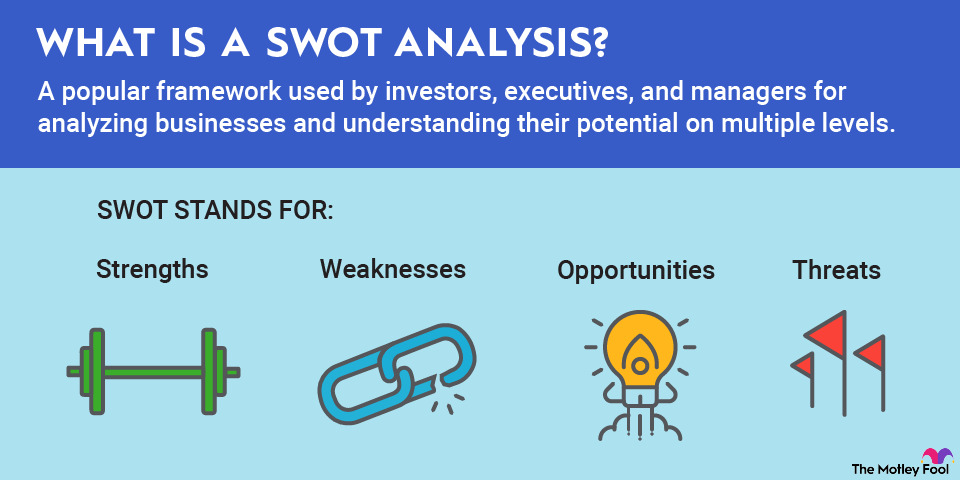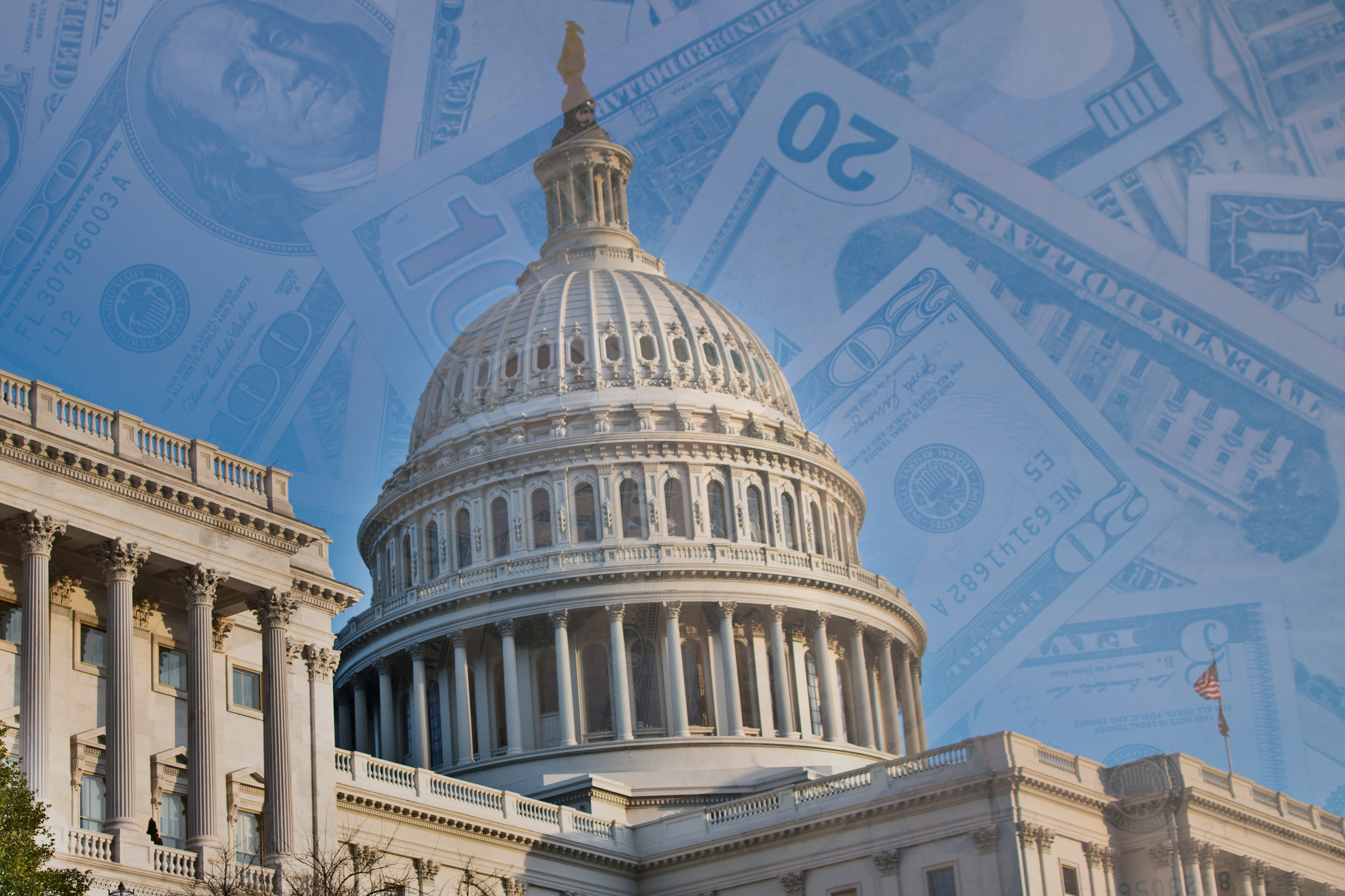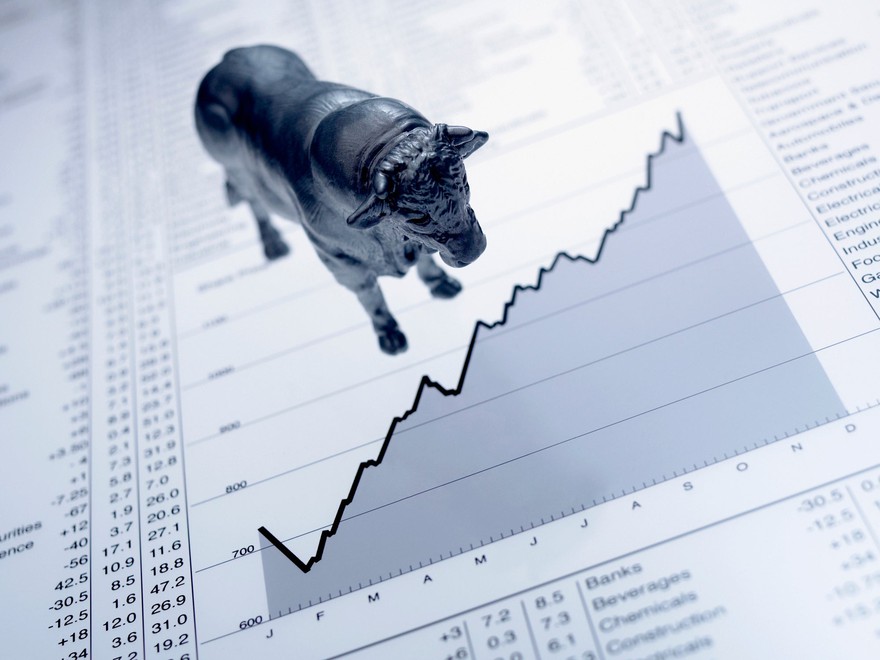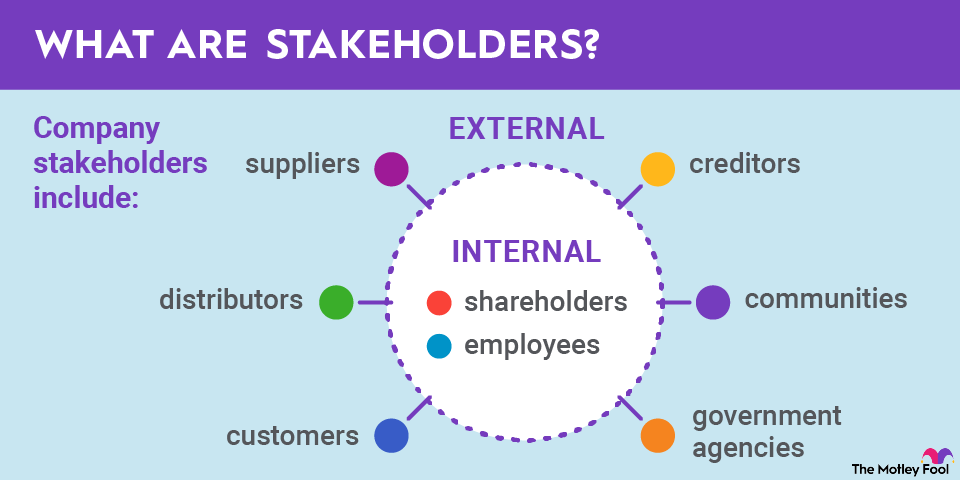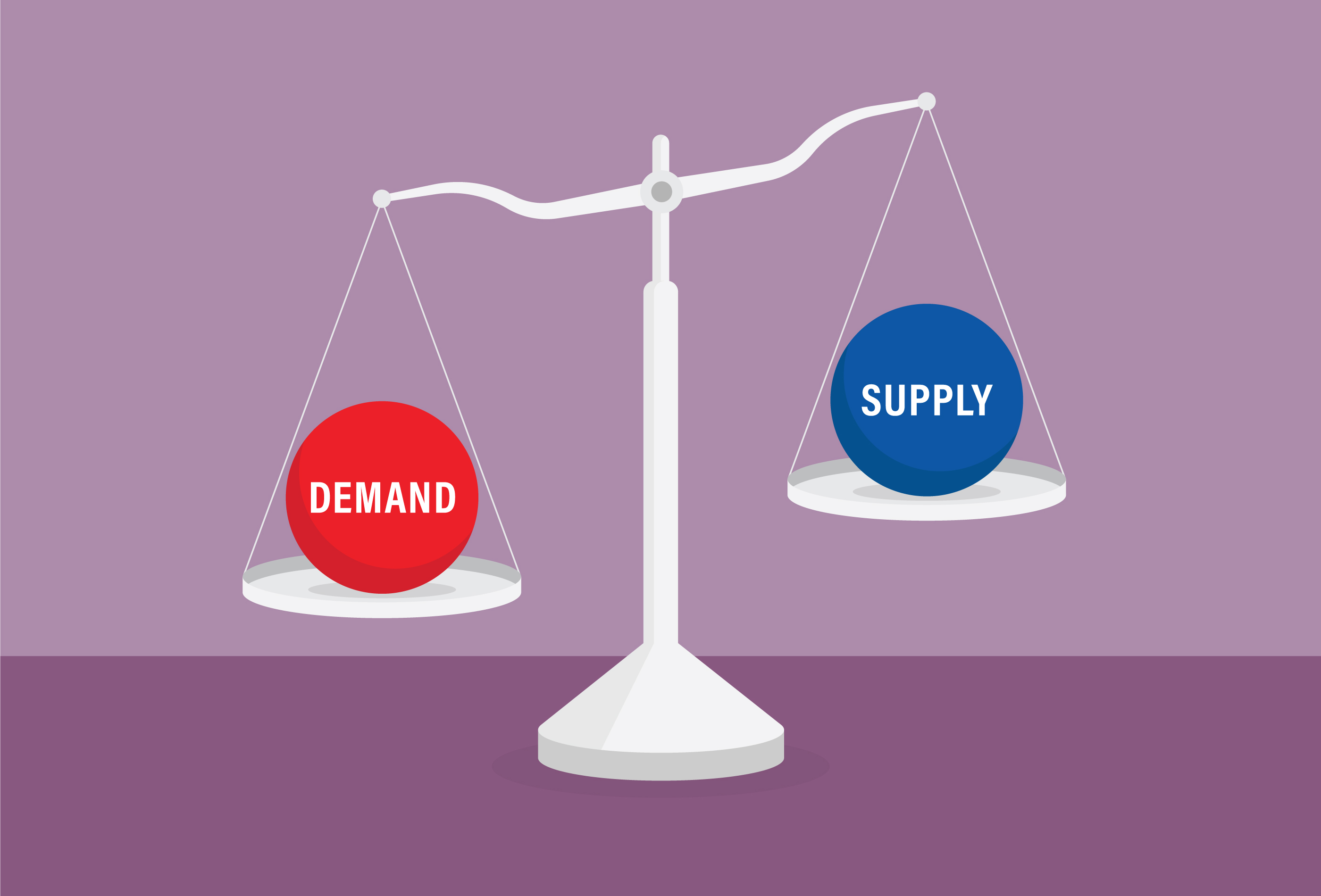While investing is often a a long-term endeavor, sometimes people need short-term investments. You still want to grow your money, but you don’t have as much time to leave it invested, so you can’t rely on the same types of assets. Fortunately, there are plenty of short-term investment options that offer competitive returns without the volatility of the stock market.
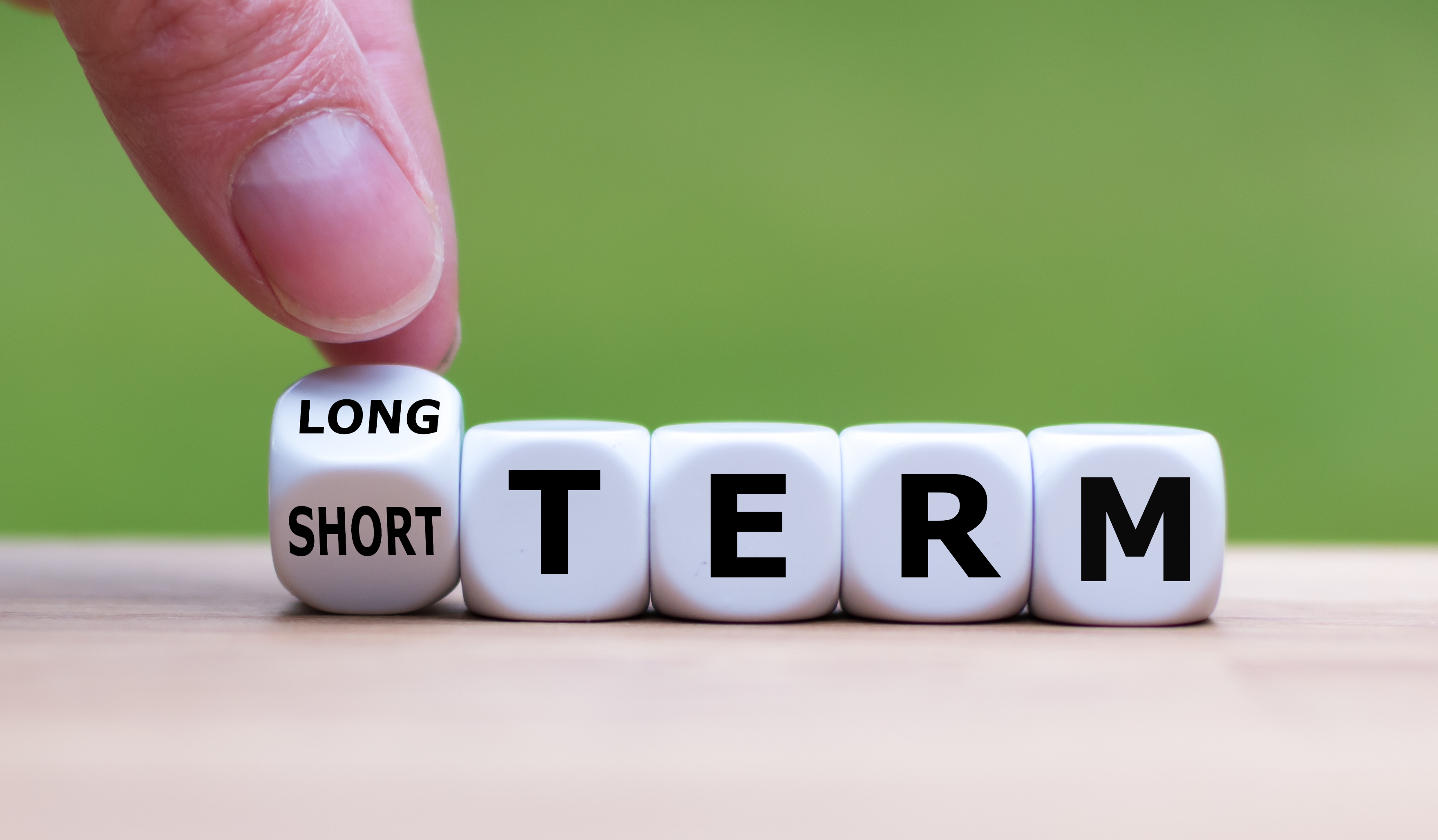
What is a short-term investment?
A short-term investment is one the investor intends to hold for no longer than three to five years. On the low end, a short-term investment could last for just a few weeks. Because the investor will need the money in the near future, short-term investments must be low risk and highly liquid. Yields on short-term investments tend to be much lower than those on long-term investments.
Some of the most common types of short-term investments include:
Why short-term investments are important
Over long periods of time, investing in the stock market is an excellent way to build wealth. Historically, the S&P 500 has returned an average of about 10% per year. The problem for short-term investors is that the stock market is highly volatile. It could be up 20% or more one year and down just as much the next.
Short-term investments allow you to get a reasonable yield on your money without putting it at risk. As such, they’re well-suited for funds you’ll need in the near future. For example, you may have money you’re setting aside for a down payment on a home in six months or to pay for your child’s college education in two years. If you put this money in stocks, and then there’s a bear market, you run the risk of needing to sell losing investments and ending up with less than what you invested.
When and how to use short-term investments
A good rule of thumb is to go with long-term investments, such as stocks, if you can buy and hold for at least five years. For anything shorter than that, stick to short-term investments with minimal risk.
When choosing a short-term investment, you’ll need to decide if you prefer one with a fixed yield and term or a variable yield and no set term. CDs and T-bills are two examples of the former. They have fixed interest rates, and the term is set when you open them. For example, a CD could have a one-year term and a rate of 4%. This type of investment works well when you want to lock in an interest rate and know exactly how long you can keep your money invested.
A high-yield savings account is an example of an investment with a variable yield and no set term. The rate can go up and down, and you can keep your money deposited for as much or as little time as you want. You have the most flexibility with this type of investment, so it’s ideal if you’re unsure when you’ll need your money. However, there’s the risk of seeing your investment’s yield decrease if interest rates drop.
Related investing topics
Historical example of a short-term investment
In 2022, the Federal Reserve began raising the federal funds rate to combat rapid inflation. The rates on banking products and bonds increased significantly as a result. By the middle of 2023, investors could buy Treasuries with rates topping 5%. Treasuries are the closest thing to risk-free money, since they’re backed by the U.S. government. Although these didn’t have the growth potential of the stock market, they provided a safe short-term investment for those who couldn’t afford the risk of an asset that may decrease in value.
Not every investment is designed to beat the market. Some are simply a reliable way to generate interest, keeping your capital safe until you need it.


